Mizukaburi of Yonekawa
The gods dressed like the bagworm with straw wrapped around his body pours buckets of water over houses!
In the Yonekawa district of Tome City, Miyagi Prefecture, Hibuse (fire-fighting) event called “Mizukaburi” is held every year on Hatsuuma* day. Hibuse is a custom to ward off fire by using the spiritual power of gods and Buddha to prevent fires, in Japan, there is a legend from ancient times that if it does not rain on Hatsuuma day, there will be many fires. In the villages of the Yonekawa district, the men wearing straw clothes called “Oshime” and straw sandals, smear charcoal on their faces and sprinkle water on the roofs of houses in the village.
*Hatsuuma means the first day of the horse in February. The horse is one of the 12 animals of the Chinese zodiac.
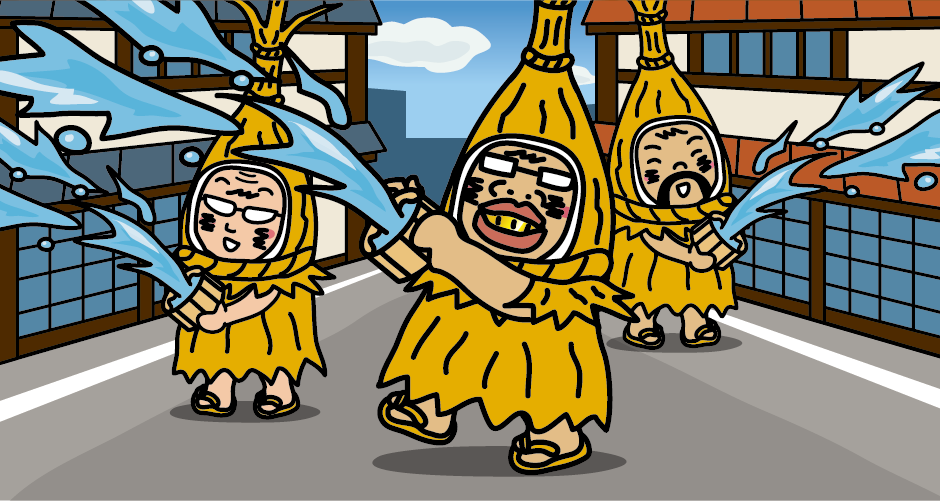
With a history of more than 800 years, “Yonekawa no Mizukaburi” has been designated as an Important Intangible Folk Cultural Property of Japan. In 2018, it was registered as a UNESCO Intangible Cultural Heritage as one of the “Raiho-shin: Gods in Masks and Costumes”. Raiho-shin is the gods that comes to the human world at a certain time of the year.
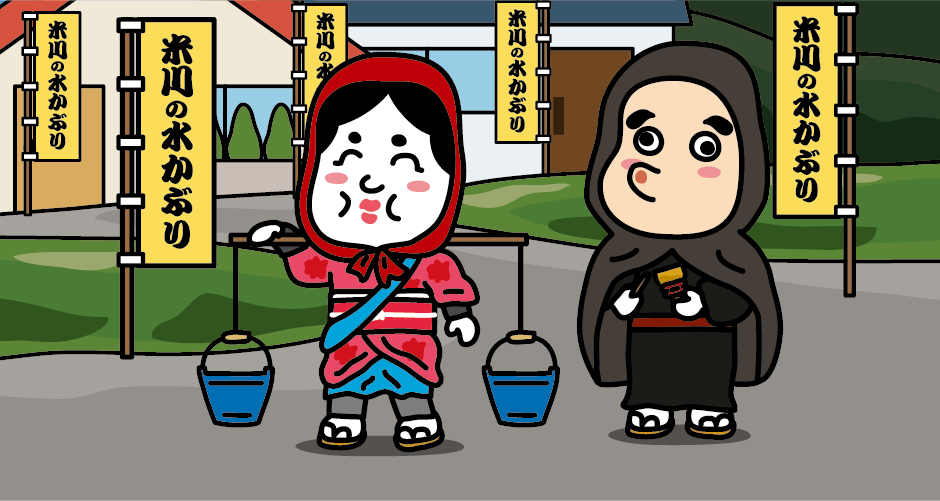
Hyottoko (distorted male mask), who rings the bell, and Okame (plain-looking female mask), who carries a pail at a balance pole, walk around the village ahead of the Mizukaburi’s party and go around to receive gift money. When the Hyottoko heralds the ringing of the bell, the people of the village gather water in a pail and prepare it in front of their house, waiting for the Mizukaburi to sprinkle water on the roof.
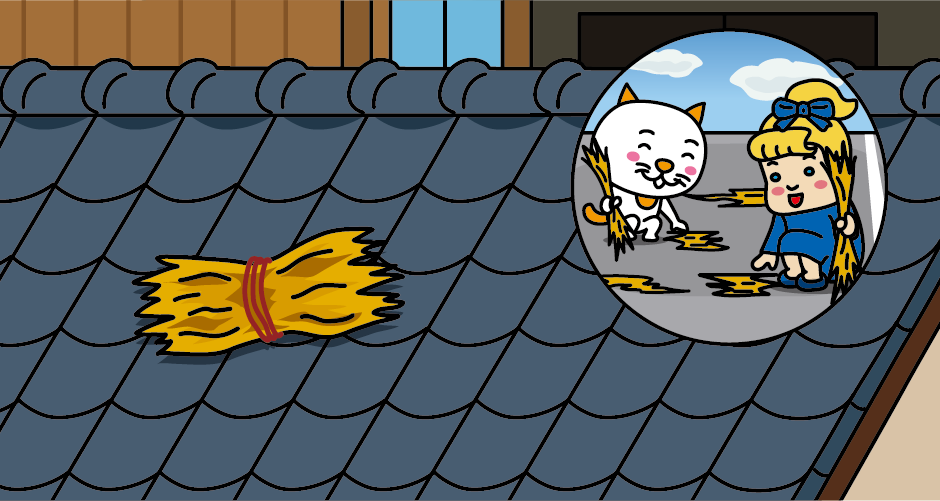
In addition, people who come out along the road will pull out the straw from the costume worn by the Mizukaburi and use it as an amulet to ward off evil spirits, or place it on the roof of their house to prevent fires.
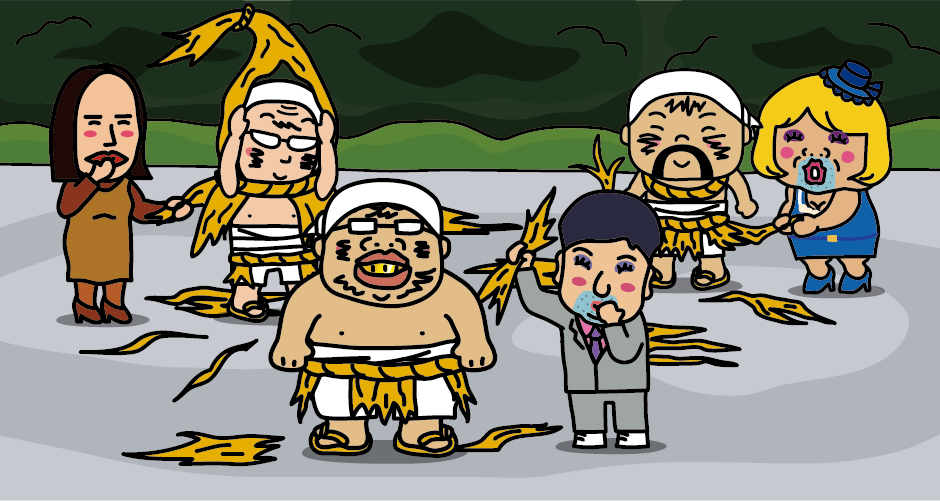
By the time the mizu-kaburi’s party completes an hour-long tour around the village, they are practically naked.
Access to Daiji-ji Temple Sanmon Square
It takes about 2 hours and 20 minutes from JR Tokyo Station to JR Kurikoma Kogen Station by Tohoku Shinkansen. It takes about 40 minutes by car from JR Kurikoma Station to Daiji-ji Temple.

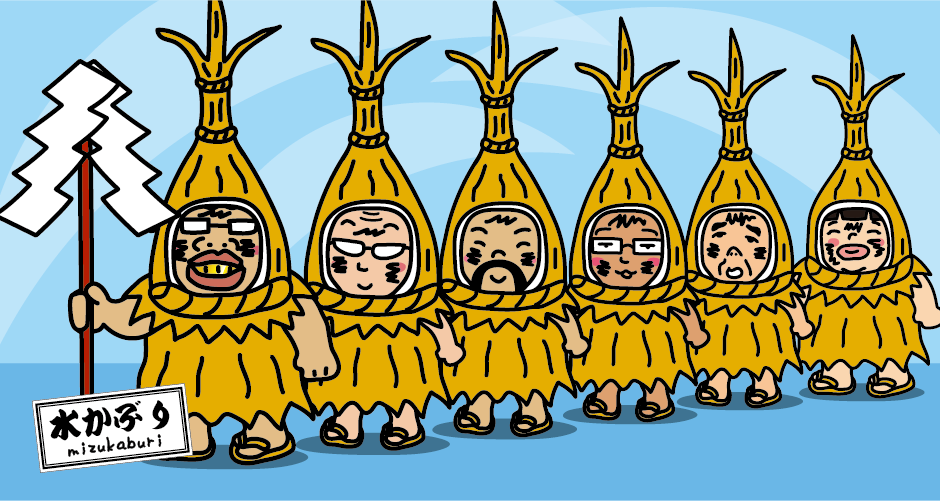


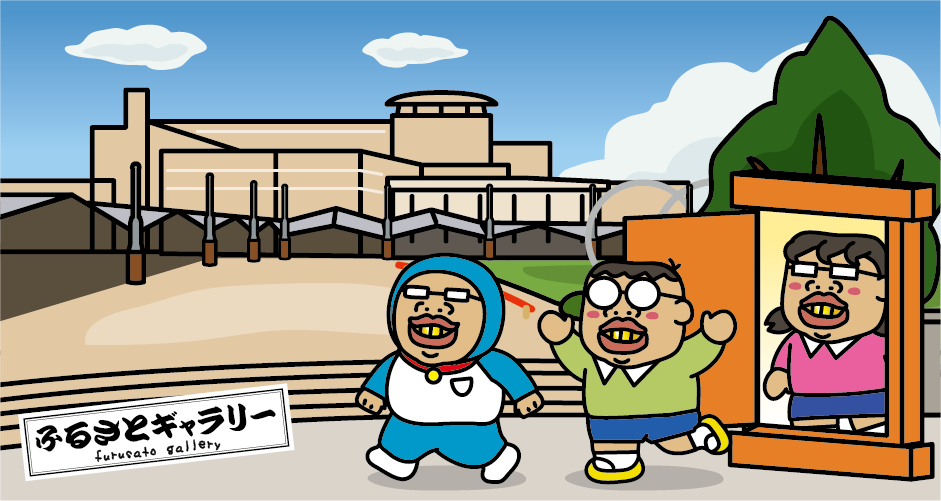
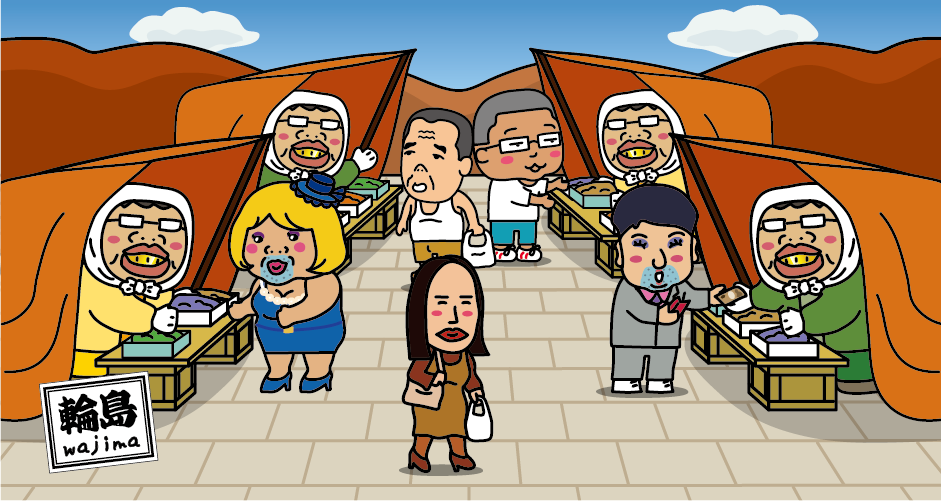

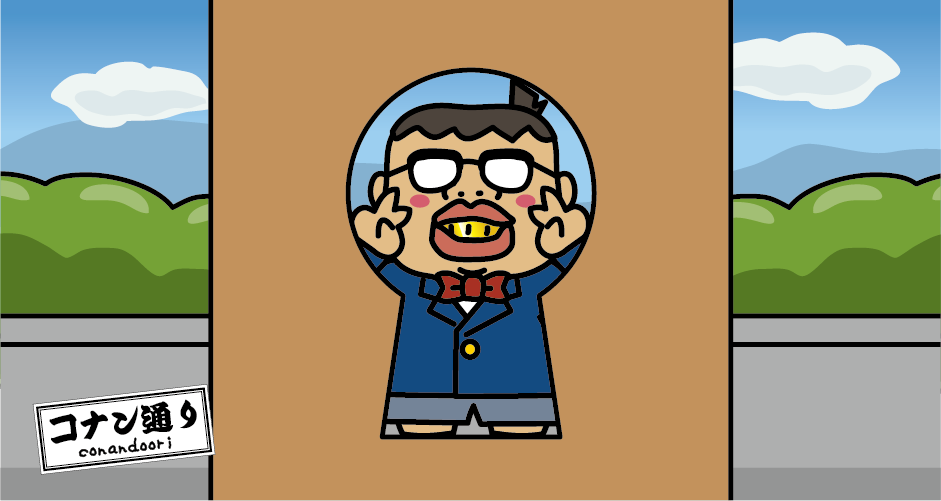


You need to login to comment on an article.